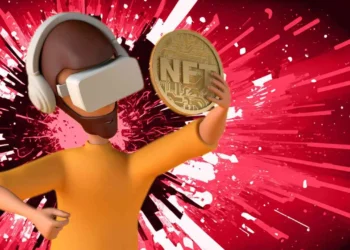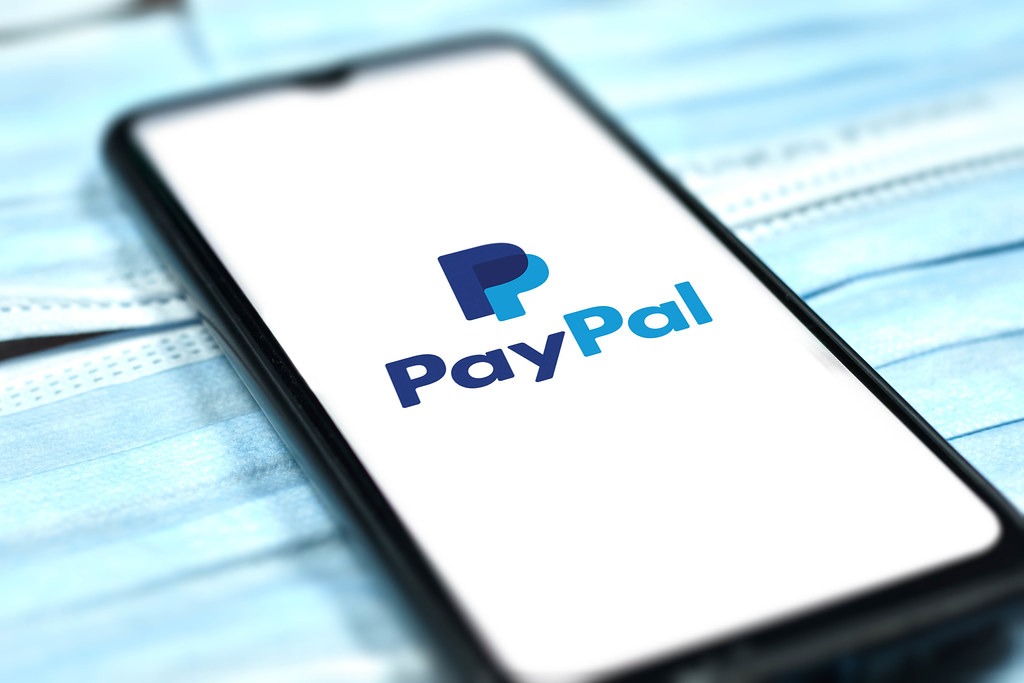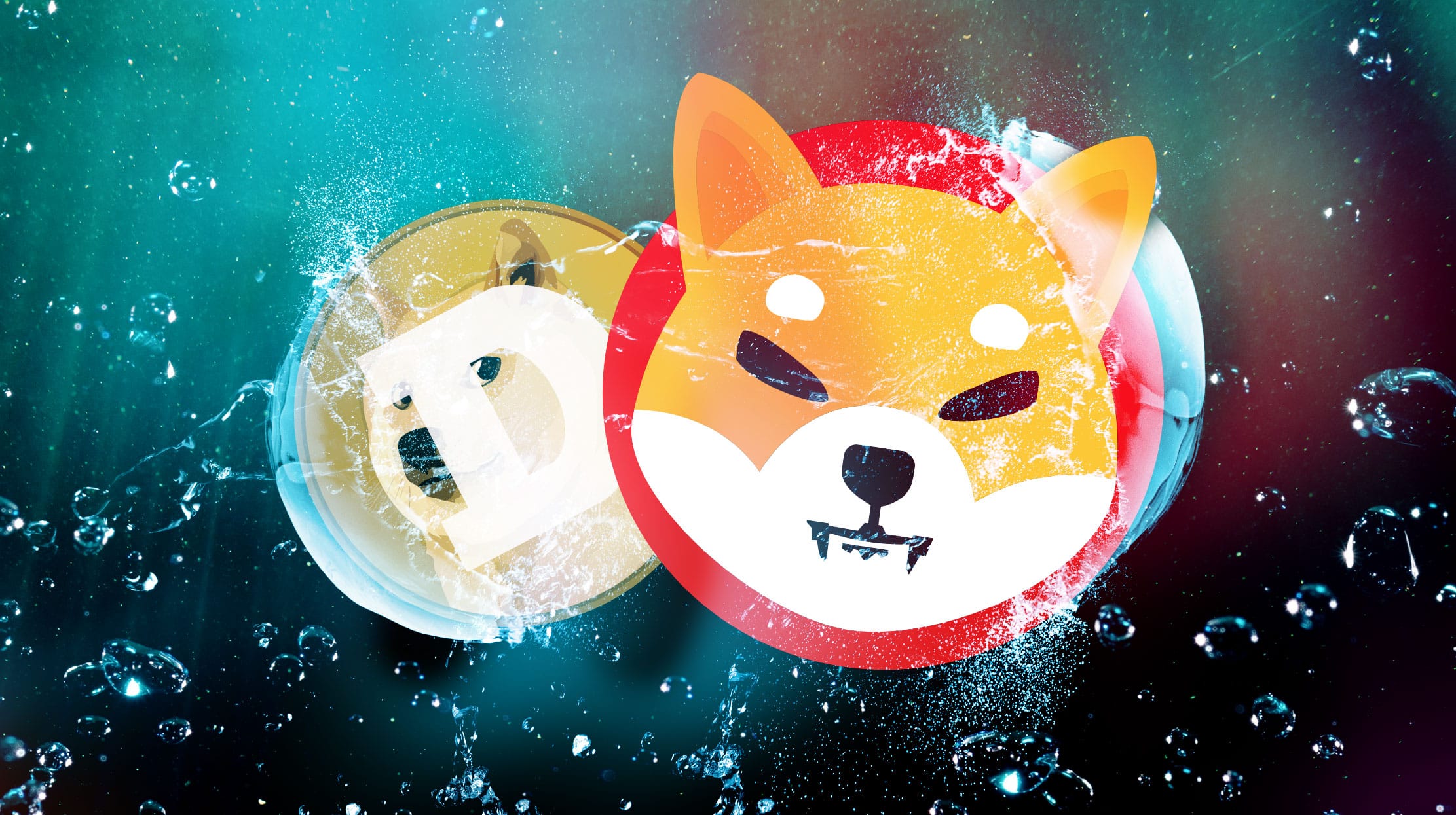Non-Fungible Tokens, commonly known as NFTs, have now become an essential part of the crypto world. However, the situation is different with the subcategory of Dynamic NFTs. Here’s what it’s all about.
A crypto market without Non-Fungible Tokens is now unimaginable. NFTs provide users with the valuable ability to unequivocally assign digital “objects” to a single owner using a unique token ID. This has been a groundbreaking development, especially for creators of digital art. In the past, digital artworks were often copied and illegally distributed, but with the minting of a Non-Fungible Token, the artist and rightful owner could be clearly identified and permanently recorded on the blockchain. The applications of these digital certificates of authenticity quickly expanded beyond digital art. For instance, it is conceivable that clearly assignable documents of real-world value could be digitally replicated on the internet. In the case of a digital ID card or passport, for example, the analog original would never need to be carried, and it could not be lost or left at home. However, this is where the major disadvantage of NFTs, which is also their greatest strength, comes into play – immutability. Once minted, a static Non-Fungible Token cannot be altered, which limits its potential applications. What if information on an ID, such as the address, needs to be changed? This is where Dynamic NFTs could provide a solution.
What makes dynamic NFTs Uunique
Dynamic NFTs, also known as dNFTs, combine the advantages of static NFTs with the ability to be modified, without altering the unique token ID. This can only happen under specific conditions, which are set at the time of minting. Each NFT has unique token data, known as metadata, which defines the characteristics of the token. As explained by Binance in an article, this metadata can include anything from the appearance of an avatar to the color of a digital image – essentially everything that makes up the NFT. Dynamic NFTs differ in that they are minted using smart contracts programmed to trigger changes to the NFT under certain conditions. To achieve this, the smart contract “scans” external data available to it in real time. If the criteria that the contract was programmed for are met, the change to the NFT is executed.
Potential use cases
What could this look like in practice? For example, an NFT used as an avatar in a crypto game could constantly check real-time weather data in the background. If it rains in the real world, the avatar could be given an umbrella. In this case, the appearance of the NFT would have changed without altering the fundamental structure of the token. The possibilities for changing NFT characteristics are endless. The applications for such Dynamic NFTs are also vast. To revisit the example of a digital ID card in the event of an address change, the underlying smart contract could respond when the updated address data is recorded in the municipal database and automatically update the address on the NFT.
Regenerative Resources Introduces short film dNFTs
This might sound futuristic, but there are already numerous applications for Dynamic NFTs, particularly in crypto gaming, where avatars change with the player’s experience or items can be upgraded. Chainlink’s corporate blog mentions a project initiated by Regenerative Resources that is based on Dynamic NFTs. It involves a short film minted as a Dynamic NFT. Initially, the dNFT contains only one image, but with each resale of the token, an additional image is added, eventually revealing the entire short film after numerous resales. Regenerative Resources plans to create five such short film dNFTs. The generated revenues will be used to plant 100 million mangroves in the real world.
- New Battle Over NFT Regulation: OpenSea Urges SEC to Step Back - April 11, 2025
- XRP in the Green Globally – But Korean Traders Are Selling Off - April 10, 2025
- Tron Surge Incoming? Stablecoin Activity on the Network Is Soaring - April 10, 2025

























